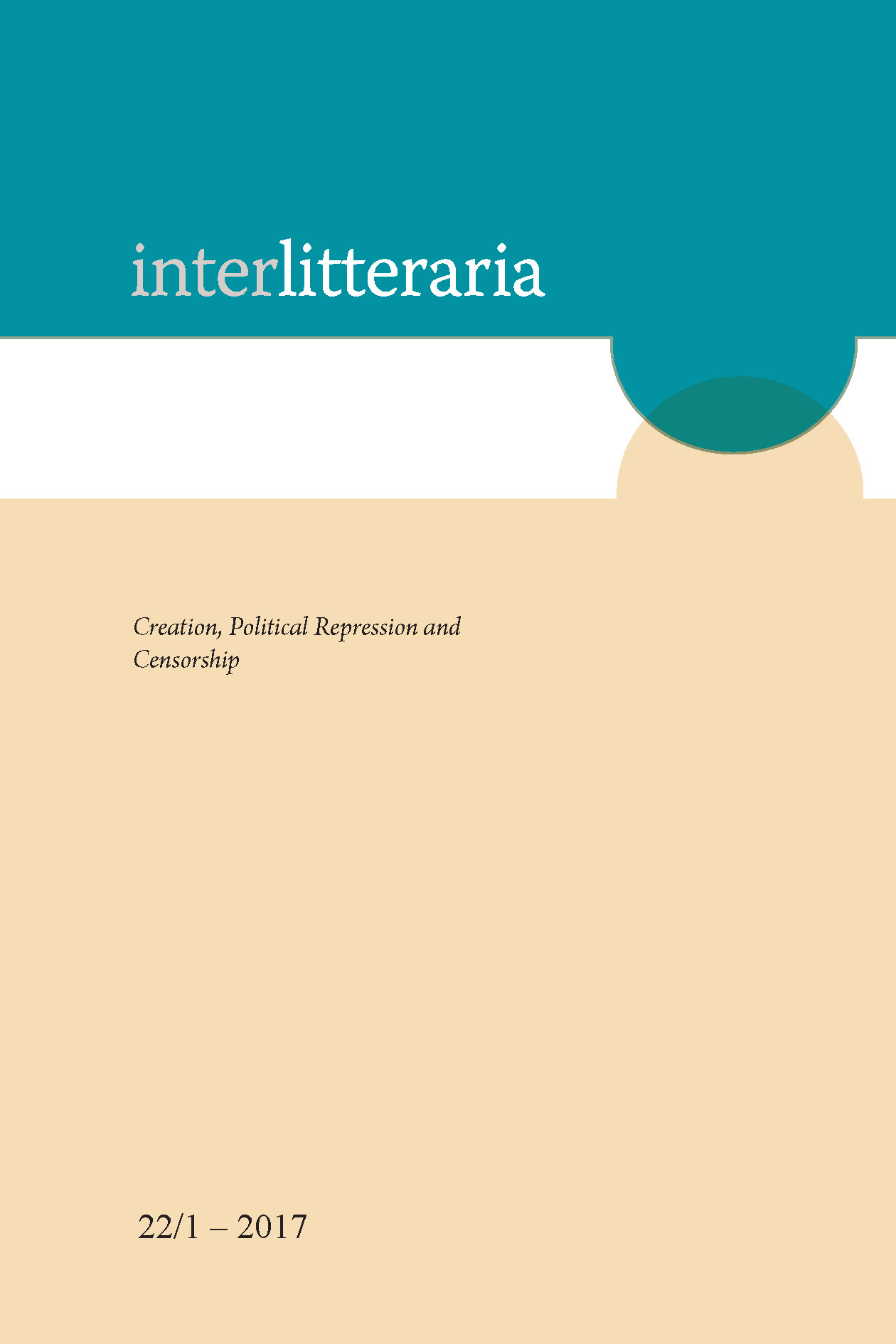De l’Unité des Artistes à l’intervention de la P.I.D.E. : la 2e Exposition Générale d’Arts Plastiques
DOI:
https://doi.org/10.12697/IL.2017.22.1.10Keywords:
art exhibition, dictatorship, organization of artists, Mário Dionísio, social realism, neorealismAbstract
Abstract. From Unity of the Artists to the Intervention of the P.I.D.E.: the 2nd General Exhibition of Plastic Arts. This essay aims at presenting a historical study about one of the most significant artistic event during the Portuguese dictatorship in the twentieth century. We examine how, in that political and artistic context, a range of ten exhibitions – Exposições Gerais de Artes Plásticas (General Exhibitions of Plastic Arts) – designed and made by a new generation of artists who opposed the authoritarian government and wanted to transform the country through art and culture accessible to all, marks the Portuguese artistic and political panorama; in particular, as the Second General Exhibition of Fine Arts which occurred in the Sociedade Nacional de Belas Artes (National Society of Fine Arts) in 1947 in Lisbon becomes a symbol, probably the greatest symbol of political repression and censorship in the creation and exhibition of visual arts during the years of dictatorship in Portugal. The confiscation of art works in this exhibition, all of them with a markedly social realist figuration, and the sequent interrogations to opposition artists by the political police of the regime, while denoting an exercise of power by the authorities, also patent emblematically an attitude of resistance and onslaught of the united front of the artists against the Estado Novo (New State).Downloads
Download data is not yet available.
Downloads
Published
2017-09-07
Issue
Section
Articles
License
The contents of Interlitteraria are published under CC BY-NC-ND licence.


